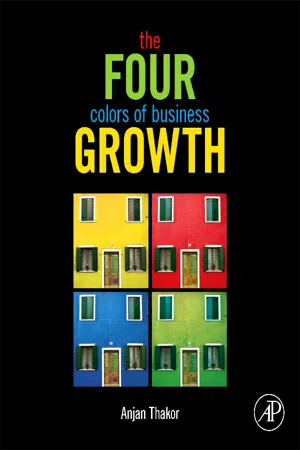Chapter 1. Growth Is Everywhere
Where this is no vision, people perish.
– Proverbs 29:18
Who were the ten richest people at the end of 2007? According to Forbes, “The World’s Billionaires,” March 5, 2008, they were: Warren Buffet, Carlos Slim Helu and family, William Gates III, Lakshmi Mittal, Mukesh Ambani, Anil Ambani, Ingvar Kamprad and family, K.P. Singh, Oleg Deripaska, and Karl Albrecht. An interesting list, but not one that most people would have predicted a decade ago!
Perhaps just as interestingly, this list had changed by 2009, so that Mukesh Ambani, an Indian industrialist, had overtaken Bill Gates as the richest person in the world. Write down the three most interesting observations that occur to you as you look at the photos.
________________________________________________________
________________________________________________________
________________________________________________________
Here are a few observations about what is most interesting:
■ The large number of rich people from the so-called “developing” nations. This number is expected to grow in the future as it is predicted that 86% of the world’s population will be residing in the emerging markets by the year 2050.
■ The number of people who have become rich with entrepreneurial activities in industries that were viewed as “commoditized” (read “dogs”!) just a few years ago.
■ What has made these people so rich is growth.
If there is one theme that stands out worldwide in the past decade, it’s growth. Growth is all around us. Everywhere. In 2007, the average annual GDP growth rates for different countries in the world were: United States, 2.0%1; countries in the European Union, 3%; India, 9.6%; China, 11.9%; Brazil, 5.7%; Liberia, 9.4%; and the Sudan, 10.2%.
The figures for sub-Saharan Africa are particularly interesting because it is a region that for many years had not participated in global economic growth. While the global recession that began in 2008 has dampened the momentum created by this economic growth, leading to a contraction of the global economy in 2008–2009, we should not forget the impressive global economic advances of the last decade.
Two facts are striking about this global economic growth. First, it has come during a period of substantial political and military instability in the world. Second, quite a bit of this growth was achieved by industries that had previously been somewhat disparagingly classified as “commodity businesses.” Specifically, businesses in industries where money is made on volume, not margins. And since the margins are thin because of competitive pressures, there’s not a lot of money to be made. Yet, what did we see?
The Mittals from India, now based in London, bought up steel mills dirt-cheap all over the world and built the world’s leading steel conglomerate. Another Indian firm, Tata, has introduced the first $2500 automobile in the world. And with Tata’s purchase of Land Rover and Jaguar from Ford, the company has access to a global auto dealership network to boot.
All this in an industry in which the product is considered so commoditized that so many car manufacturers are in a constant struggle for survival, and GM and Chrysler have needed emergency loans from the government just to stay afloat.
What made all this possible? Many factors came together to make it happen. Perhaps the most important was the fact that countries with huge pools of human talent but widespread intervention by government bureaucracies in their economies decided to lift some of their self-imposed shackles.
As Brazil, China, and India opened up segments of their economies, they created the conditions for foreign investment capital to flow in, and this stimulated economic growth. But even more important, it created fertile ground in which domestic entrepreneurs could plant their new ideas and flourish.
Many of these entrepreneurs operated “outside the box.” Perhaps because there was no box to start with in which they could operate! Preconceived notions about what’s a growth business and what’s not were jettisoned. So too were ideas about what is possible and what is not. Why not a $2500 car?
What’s next—a below-$100 washing machine, a truly enjoyable flying experience in coach on a commercial airline, quantum computing, computers that operate in response to hand gestures without a keyboard, the ability of an individual to become physically invisible, a world where no human being goes hungry? Look around you. It’s all either here or on the horizon!
The other force that shaped these events is the enormous growth in highly educated young people in many countries, especially the emerging- market countries. China and India turn out millions of university-trained engineers every year. That’s what allows a company like IBM to set up shop in India with 80,000 employees and have most of its code writing done there.
The large number of educated people in foreign countries is what allows a company like Emerson Electric to shift some product development to China, where the plentiful supply of talented engineers permits “swarm engineering”—committing a large number of engineers to ...

